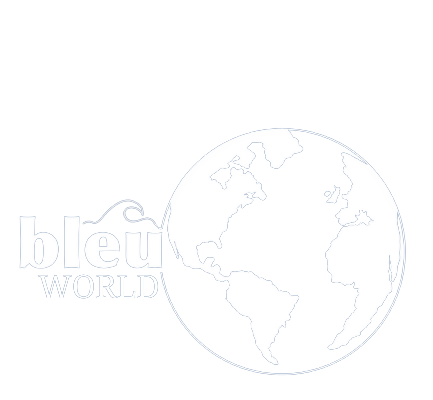
Reef Environmental Education Foundation (REEF)
Words by Nico Becerra. Photos by Explorers Photography.
Reef Environment Education Foundation (REEF) is a charitable non-profit that works to protect marine life by offering public education, service, and research opportunities. Their mission is to conserve marine environments worldwide in order to increase the biodiversity that is actively being threatened. They take a very social approach to their mission, involving citizens by educating, training, and allowing them to take part in many of their surveys. This is why REEF provides a variety of programs that immerses divers, snorkelers, and other ocean lovers in marine conservation. These citizen-based experiences are primarily driven by the Volunteer Fish Survey Project (VFSP). Since its inception in 1993, this citizen science program has generated one of the largest marine life databases in the world. In 2020, the database surpassed 250,000 surveys conducted at almost 15,000 sites throughout the world’s oceans by over 16,000 volunteer divers and snorkelers worldwide. REEF provides training opportunities for the public to teach the knowledge and skills needed to become a citizen scientist. This not only incentivizes participation in the VFSP, but it produces more reputable results as most citizens have been trained to identify certain species. A region I would like to highlight is the California Pacific Northwest- Alaska region, where Bleu World collaborates with REEF via VFSP. This year Bleu World launched a number of Community Science Programs in order to conduct REEF fish abundance surveys in the kelp forests and collect data for the Catalina Monitoring Program. Volunteers can join us on Catalina Island for a day of diving or snorkeling at Casino Point Dive Park, for a day of kayaking to survey our monitoring site Bleu Grotto just outside of Avalon, or for a long weekend of surveying our monitoring sites down the coast on a boat.
My first citizen dive was facilitated through Bleu World and contributed data to the Volunteer Fish Survey Project (VFSP). It took place in Catalina Island with my sister and dad on board his catamaran, Espiritu Santi. We had a mooring at Emerald, a pristine bay with breathtaking scenery above and below the water. It was my first dive that I would actually be gathering data, so Kayla instructed us on how we would identify species during the dive which involved tallying any species that we found as they appeared on the waterproof booklet that we took with us. This experience definitely added more depth to my dives, and made searching for fish like a game. I ended up finding a sizable amount of black eyed goby and sheepshead. After looking through the data on the REEF website, it mirrored my data as black eyed goby’s and sheepshead are in the top 3 most frequently spotted in the Pacific northwest. I appreciate the way REEF separated their findings about fish species into two parts as it allows for more specification and depth. The spotting frequency is an indicator of how common the fish actually is, and gives an indication on how common seeing one on a dive is. The density score specifies if when they are spotted, if they tend to be schooling with more fish of their species or if they are more solitary. Citizen dives also forced me to be more cognizant of what I was seeing. I ended up finding a lot more fish than I normally do on a casual dive due to the higher level of engagement that is required on these survey dives. This was the only survey dive that I took part in, but I am eagerly anticipating continuing where I left off and going on more citizen dives with Kayla and the crew this summer.
After this dive, I began hypothesizing what pieces were required in order for a kelp forest to be considered healthy, and have found staggering data that contrasted my original presumptions. I thought that a lush, vibrant kelp forest was attributable to thriving fish populations, and although it is a notable factor, a more accurate assessment actually lies in a singular overlooked organism. Microalgae is a microscopic form of algae that is always present in kelp forests, and they play a pivotal role being the primary producers of this ecosystem and serving as a food source for a plethora of different fish species (ScienceDirect Topics). The presence of microalgae can serve as an indicator for the water quality, nutrient levels, and overall health of kelp forests. The composition of microalgae is one of the most accurate ways to measure the potential of a kelp forest (MBNMS). Furthermore, microalgae can serve as early warning systems for changes in these environments. Abundant growth of particular algae, drastic changes in species diversity, and the depletion of long-established algal flora can indicate the presence of pollution or other environmental stressors in the early stages.
Bibliography (microalgae)
“Kelp Forest and Rocky Subtital Habitats II. Algal Assemblages Associated with Kelp Forests.” MBNMS Site Characterization: Kelp Forest and Rocky Subtidal Habitats - II. Algal Assemblages Associated with Kelp Forests, montereybay.noaa.gov/sitechar/kelp2.html. Accessed 3 July 2024.
“Microalga.” Microalga - an Overview | ScienceDirect Topics, www.sciencedirect.com/topics/biochemistry-genetics-and-molecular-biology/microalga. Accessed 3 July 2024.
